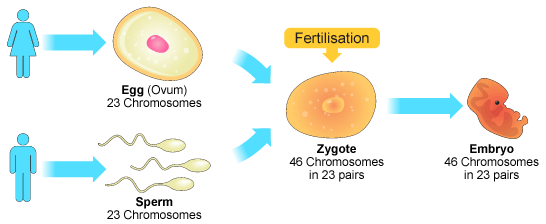
SC.912.L.15.13 Natural Selection “SURVIVAL OF THE FITTEST”
-
You need to know the conditions required for natural selection to occur. These include: overproduction of offspring, inherited variation, and the struggle to survive, which result in differential reproductive success.
Evolution is a change in the characteristics of a population from one generation to the next.
Darwin proposed that evolution happened due to natural selection. Natural selection is the process by which individuals that have favorable variations and are better adapted to their environment survive and reproduce more successfully than less well adapted individuals do.
Over many generations, natural selection can result in the evolution of new species, which is called speciation.
“SURVIVAL OF THE FITTEST” organism’s best suited to their environment survive and reproduce
Natural Selection is based on four main principles:
1. Overproduction of offspring: Each species produces more individuals than can survive to maturity; most offspring are lost to predators, disease or other factors.
2. Variation: Genetic variation exists within populations. The individuals of a population may differ in traits such as size, color, strength, speed, ability to find food, or resistance to certain diseases. These variations are inheritable traits.
3. Struggle to survive: The amount of space, food and other resource in nature is finite. Organisms must compete for limited resources. Also, some individuals will be harmed by predation, disease, or unfavorable conditions.
4. Adaptation: Individuals whose traits are best suited for their environment are more likely to survive, produce more offspring and pass their traits to the future generation than individuals that lack those traits. Over time, those traits become more frequent in the population
An adaptation is any trait that improves an organism’s chance for survival and reproduction in its environment.
SC.912.L.15.14 Discuss mechanisms of evolutionary change other than natural selection such as genetic drift and gene flow.
-
You need to understand genetic drift and gene flow.
-
You need to know how mutation and genetic recombination increase genetic variation.
OTHER MECHANISMS OF EVOLUTIONARY CHANGE
1. GENE FLOW
Genes from one population are introduced into the gene pool of another population.
A gene pool is the combined genetic information of all members of a population.
Several factors affect gene flow. The most significant is mobility, or movement of individuals between populations. Animals have a higher rate of gene flow than plants because animals move.
2. GENETIC DRIFT
Genetic drift is the random change in the frequency of alleles in a population due to a random event. Alleles are the different form of a gene for a specific trait. Example two birds lay eggs, but one of them might happen to have her eggs stolen by a predator.
The genes of individuals who reproduce the most will be more common in the next generation.
Genetic drift is most likely to affect small populations and the frequency of the alleles is changed by a chance event, and decreases genetic variation
3. NON RANDOM MATING
In non random mating some individuals have more opportunity to mate and reproduce than others. In this way, the genes of individuals that have less chance to mate tend to be eliminated from a population. Decreases genetic variation.
Non random mating is common in animals because many animals can choose their mates. Mating with relatives (inbreeding) is a type of nonrandom mating
4. MUTATION
A change in an organism’s genetic material. In some cases, an entire chromosome is broken, duplicated or lost. Mutations change the nucleic acids that make up one or more genes.
A mutation in a gamete is called germ mutation. Such changes may produce new characteristics that can help or hinder the survival of an organism
5. GENETIC RECOMBINATION
Recombination is the arrangement of genes, giving offspring combination of genes different from their parents.
Recombination is a natural result of sexual reproduction. Crossing over increases the number of possible combinations.






